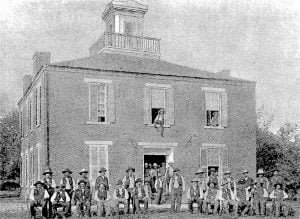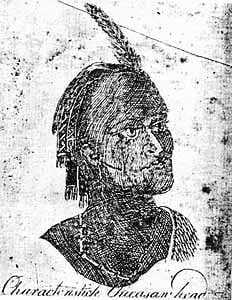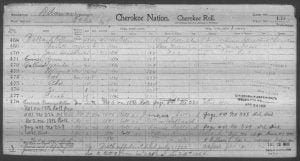Act of June 21, 1906
Public Number 258 AN ACT Making appropriations for the current and contingent expenses of the Indian Department, for fulfilling treaty stipulations with various Indian tribes, and for other purposes, for the fiscal year ending June thirtieth, nineteen hundred and seven. Be it enacted by the Senate and House of Representatives of the United States of America in Congress assembled, That the following sums be, and they are hereby, appropriated, out of any money in the Treasury not otherwise appropriated, for the purpose of paying the current and contingent expenses of the Indian Department, for fulfilling treaty stipulations with various Indian … Read more




